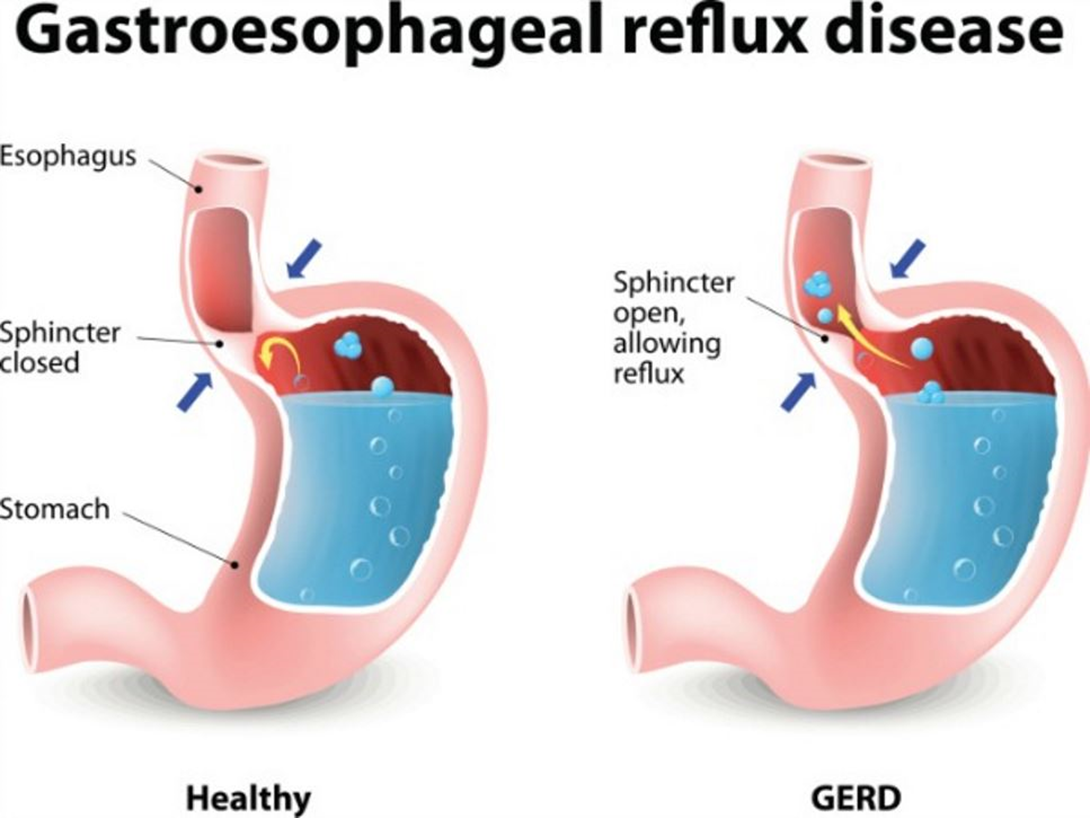A nurse is providing teaching to the parents of a 6-month-old infant who is beginning to eat solid foods. The nurse should identify which of the following findings as an indication of an allergic reaction?
Fever
Jaundice
Bruising
Diarrhea
The Correct Answer is D
Choice A reason: Fever is not an indication of an allergic reaction, as it is a sign of infection or inflammation. The nurse should assess the infant for other causes of fever, such as ear infection, urinary tract infection, or viral illness.
Choice B reason: Jaundice is not an indication of an allergic reaction, as it is a sign of liver dysfunction or hemolysis. The nurse should evaluate the infant for other causes of jaundice, such as hepatitis, biliary atresia, or hemolytic anemia.
Choice C reason: Bruising is not an indication of an allergic reaction, as it is a sign of trauma or bleeding disorder. The nurse should examine the infant for other causes of bruising, such as injury, coagulopathy, or leukemia.
Choice D reason: Diarrhea is an indication of an allergic reaction, as it is a sign of gastrointestinal hypersensitivity or intolerance. The nurse should ask the parents about the infant's food intake, history of allergies, and symptoms of anaphylaxis, such as hives, swelling, or difficulty breathing.
Nursing Test Bank
Naxlex Comprehensive Predictor Exams
Related Questions
Correct Answer is A
Explanation
Choice A reason: Positioning the newborn at a 20-degree angle after feeding can help prevent the reflux of gastric contents into the esophagus. This position allows gravity to keep the food in the stomach and reduces the pressure on the lower esophageal sphincter. The nurse should instruct the parent to keep the newborn in this position for at least 30 minutes after each feeding.
Choice B reason: Diluting formula with 1 tablespoon of water is not recommended, as it can cause water intoxication, electrolyte imbalance, and malnutrition in the newborn. Water intoxication can lead to seizures, coma, and death. The nurse should advise the parent to follow the manufacturer's instructions for preparing the formula and not to add extra water.
Choice C reason: Placing the newborn in a side-lying position if vomiting is not a safe practice, as it can increase the risk of aspiration and sudden infant death syndrome (SIDS). Aspiration is when food or liquid enters the lungs and causes pneumonia or respiratory distress. SIDS is when a healthy baby dies suddenly and unexpectedly during sleep. The nurse should instruct the parent to place the newborn on the back for sleeping and to avoid soft bedding, pillows, and stuffed animals.
Choice D reason: Providing a small feeding just before bedtime is not a good idea, as it can worsen the gastroesophageal reflux and disrupt the newborn's sleep. The nurse should suggest the parent to feed the newborn smaller and more frequent meals throughout the day and to avoid feeding the newborn within 2 to 3 hours of bedtime.

Correct Answer is ["B","C"]
Explanation
Choice A reason: Nuts are not a complete protein, as they are low in the essential amino acid lysine¹. However, nuts can be combined with other plant-based foods, such as grains or legumes, to form a complete protein.
Choice B reason: Eggs are a complete protein, as they contain all nine essential amino acids in adequate amounts². Eggs are also a good source of protein, with about 6 grams per egg³.
Choice C reason: Poultry, such as chicken, turkey, or duck, is a complete protein, as it contains all nine essential amino acids in sufficient amounts⁴. Poultry is also a lean source of protein, with about 25 grams per 3-ounce serving.
Choice D reason: Legumes, such as beans, peas, or lentils, are not a complete protein, as they are low in the essential amino acid methionine. However, legumes can be combined with other plant-based foods, such as grains or nuts, to form a complete protein.
Choice E reason: Grains, such as wheat, rice, or oats, are not a complete protein, as they are low in the essential amino acid lysine. However, grains can be combined with other plant-based foods, such as legumes or nuts, to form a complete protein.
Whether you are a student looking to ace your exams or a practicing nurse seeking to enhance your expertise , our nursing education contents will empower you with the confidence and competence to make a difference in the lives of patients and become a respected leader in the healthcare field.
Visit Naxlex, invest in your future and unlock endless possibilities with our unparalleled nursing education contents today
Report Wrong Answer on the Current Question
Do you disagree with the answer? If yes, what is your expected answer? Explain.
Kindly be descriptive with the issue you are facing.
